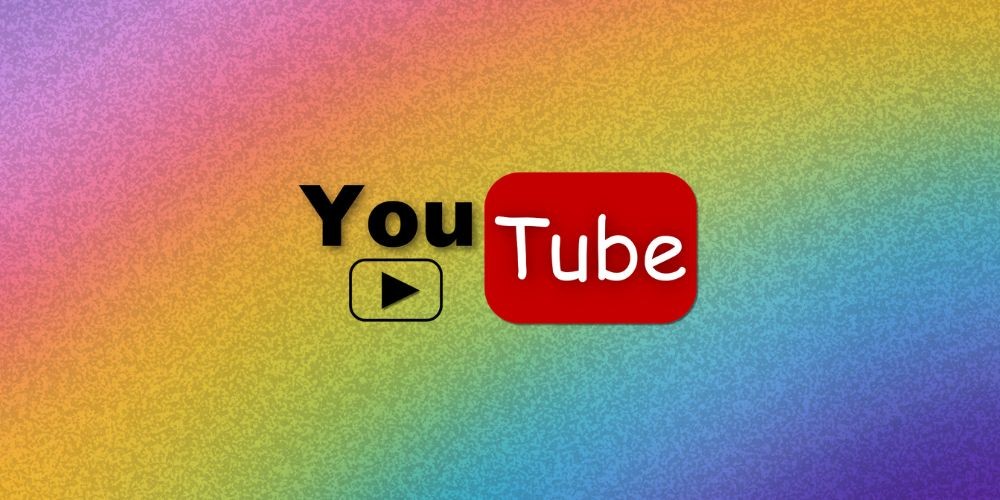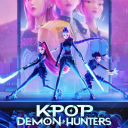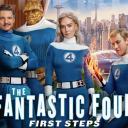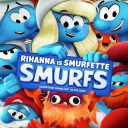Exploring the Rainbow: YouTube’s Unique Color-Based Video Sorting Experiment
Feb-06-2024

In the ever-evolving landscape of online video content, YouTube is no stranger to experimentation. Their latest test, walking a path less trodden, involves sorting videos using an unusual criterion - color. Imagine a digital kaleidoscope where videos are clustered not by genre or popularity but by the hues of their thumbnail images. This intriguing approach offers a fresh and visually striking way to stumble upon content, potentially transforming the user interface into an artist's palette of playable options.
The concept seems simple yet unconventional: users can craft a video feed based on specific color choices—red, green, or blue. This selection then tailors the feed to match the chosen shade, with the chosen color prominently displayed atop the stream. At first glance, this might strike one as a mere novelty, an aesthetic flourish with little practical application. After all, a video's subject matter seldom aligns with the color of its thumbnail. Yet, creativity and design are often about pushing boundaries—could this color coordination be a playful nod to our desire for customization and visual harmony?
Detractors might argue that content relevance is paramount, and rightly so. Connecting color to content does not tick the traditional boxes of functional sorting methods. The unique thumbnails, while visually appealing, could lead to a smorgasbord of disparate videos with little more in common than their color palette. In this light, some have speculated that the test, closer in spirit to YouTube Music's vibe-centric selections, might have strayed from YouTube's primary content consumption patterns.
Yet, despite initial reservations, there is an undeniable charm to this chromatic curation. A red-themed feed could inadvertently draw a line from a fiery TED Talk to a crimson-draped ballet performance, sparking unexpected connections between creators and viewers. By breaking away from algorithmic predictability, YouTube’s color feeds could provide a refreshing break from content tailored by machine learning, challenging us to engage with the platform in a more visually intuitive way.
As the test continues amidst a select group of YouTube Premium users, it's worth pondering if this splash of color could become more than a fleeting experiment. Can a touch of aesthetic preference guide our content discovery journeys? Could this be a gateway to a more personalized, engaging viewing experience? Only time, and undoubtedly user feedback, will reveal whether YouTube's color feeds will fade to gray or colorize our video-viewing lives with unexpected vibrancy.







